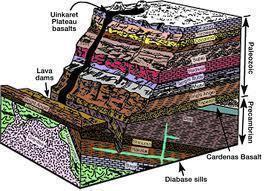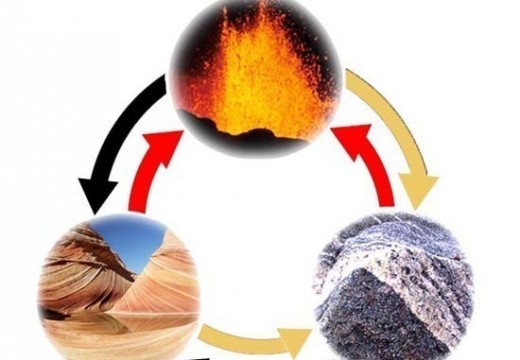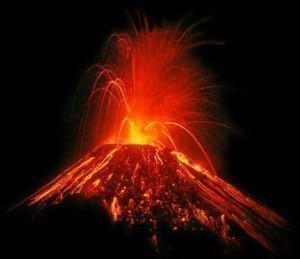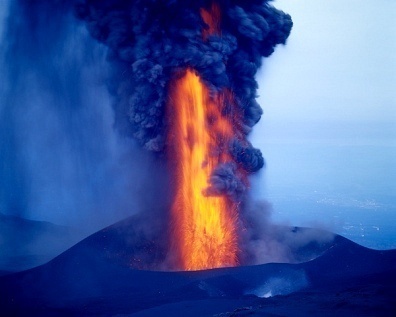Radiometric dating is a process of identifying the age of a material based on known half-lives of decaying radioactive materials found in both organic and inorganic objects. Radiometric dating is often used to determine the age of rocks, bones, and ancient artifacts. In fact, radiometric dating can be used to determine the age of the Earth, (5.54 billion years old) other planets, and celestial objects. Radiometric dating is often referred to as “radioactive dating” and “carbon dating,” though many different types of isotopes can be used to identify an object’s age. While not all objects have the same isotopes, both living and nonliving objects have some sort of decaying, radioactive isotope that can be used based on known decay rates.
How does Radiometric Dating Work?
An isotope of some sort is located and isolated within an object. That isotope is then compared to its decaying product and scientists are able to use known decay rates to determine how old the initial isotope is. This works because elements have a life cycle known as a “half-life.” A half-life refers to the amount of time it takes for an isotope to lose half of its atoms as a result of decaying. When an isotope decays, it often becomes a different kind of element altogether. Because this new element (decay product) remains on or within the object, scientists can easily determine how old the object is.
What is a Mass Spectrometer?
A mass spectrometer is a fundamental device in any radiometric dating experiment. Mass spectrometers can be used to measure isotopic samples as small as one 1 nanogram. Mass spectrometers are made up of an ion generator, analyzer, and several detectors. The sample is ionized using the ionic generator and then passed through a magnetic field that separates the samples into different groups based on their mass and ionization levels. When each ionized sample reaches the Faraday Cup in which it is stored, a current is produced and measured as an electrical signal. A computer can then identify the types of atoms present in the sample as well as the number of atoms the sample has.
Modern Radiometric Dating Techniques
Modern radiometric dating uses many different techniques to identify both organic and inorganic objects. For example, uranium-lead experiments are often conducted on older, inorganic objects because uranium-lead conversions have a much longer half-life than other isotopes. However, Carbon-14 tests are conducted on relatively young, organic objects because organisms only replenish Carbon-14 while they are alive. By using Carbon-14 tests, scientists can calculate how long it has been since the organism died.
Advantages and Disadvantages
Radiometric dating has several important advantages and disadvantages, but is the only practical method scientists currently have for dating objects. Advantages include the ability to date an object without destroying it, having many different techniques to choose from, and the ability to procure a relatively accurate age of objects that are hundreds of thousands, millions, or even billions of years old. However, samples must be taken from several different areas of the object being studied to ensure maximum accuracy. Also, radiometric dating relies on the principle that the isotope has remained in the object since its creation.




Rachael
I had to choose a website that had to do with radiometric dating for one of my projects… This website gave me all of the information I was looking for!! Thanks a bunch!
Rachael 🙂